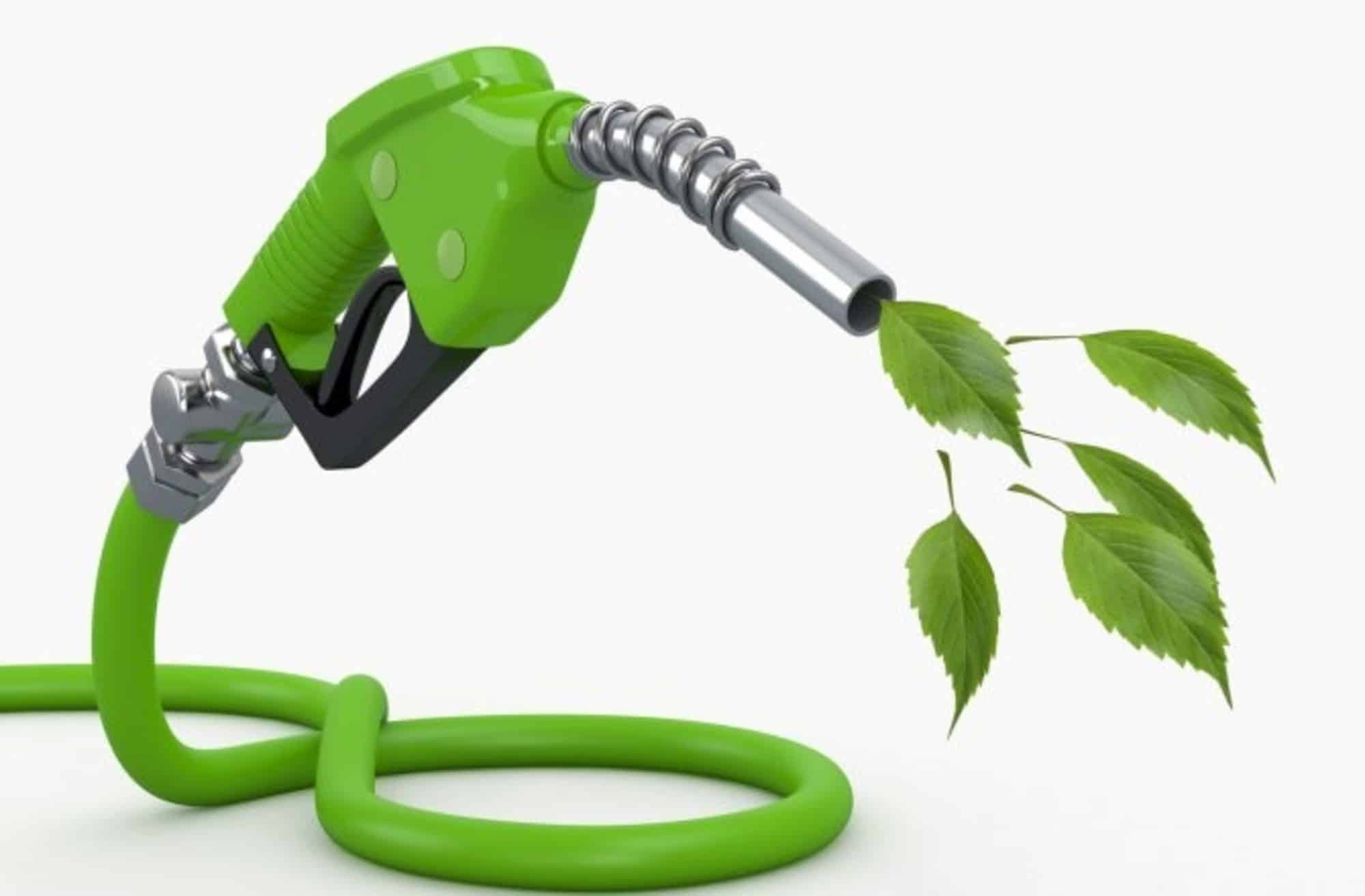Scientists have, for a very long time now, been obsessed with biofuels. These fuels derived from organic matter are green alternatives to fossil fuels which are major contributors to a number of global problems like ozone depletion, pollution and green house effects.
Despite several major national level initiatives, no research team till date has been able to come up with a breakthrough renewable biofuel technology that would be a worthy alternative to gasoline. Although corn ethanol (using starch from corn for alcohol production primarily in the U.S.) and sugarcane have been considered an alternate avenue, there have been major drawbacks including the fact that turning the sugar-rich kernels of corn or sugarcane into ethanol competes with the food supply.
Therefore, scientists over the past decades have migrated to research on conversion of non-food based plant materials to biofuels and chemicals.
Lignocellulosic bioma
ss , like tall grass and the inedible parts of corn and sugarcane have an abundance of glucose and xylose, but then the industrial E coli strains can’t use xylose because when glucose is available, it turns off the use of xylose, and because of this inconvenience, use of xylose to produce biofuel has been unsuccessful path.Now, a new research led by a bunch of ASU scientists, led by Reed Cartwright and Xuan Wang, are exploring a complex new idea—harnessing the trial-and-error power of evolution to coax nature itself to reveal answers.
They decided to grow bacteria over generations under controlled conditions and as a result, found that fermented sugars derived from this biomass was rich, and a potential renewable energy source for the production of biofuels and chemicals. They further challenged E coli bacteria that could thrive comfortably on glucose—and switch out the growth medium broth to grow solely on xylose. This forced the bacteria to adapt to the new food supply or lose the growth competition.
When first observed, the bacteria seemed to grow very slowly, but eventually, they began to adapt and thrived in the xylose broth.
The researchers in a step forward, used the latest DNA sequencing technology to examine the changes within the bacteria genomes and discovered that when challenged, these bacteria randomly mutated their DNA until it could adapt to the new conditions; they held onto those random mutations for several evolution periods before they fixed on beneficial mutations.
“This suggests that there are potentially multiple evolutionary solutions for the same problem, and a bacterium’s genetic background may predetermine its evolutionary trajectories,” said Cartwright, one of the researchers.
This incredible invention has now elucidated how biofuel can be successfully produced from lignocellulosic materials using the industrial E. coli, and additionally how this could be used in other E. coli strains for different products.
“With these new results, I believe we’ve solved one big, persistent bottleneck in this field,” concluded Wang.






























